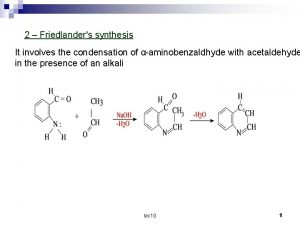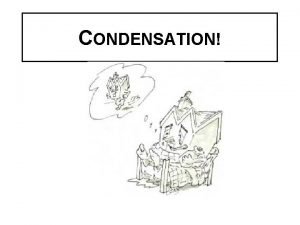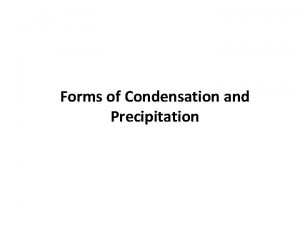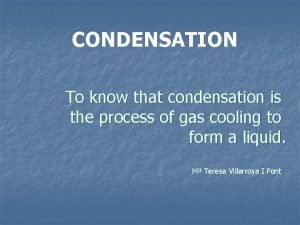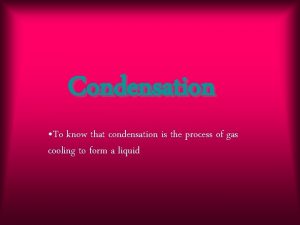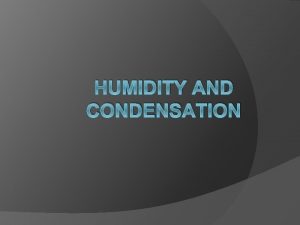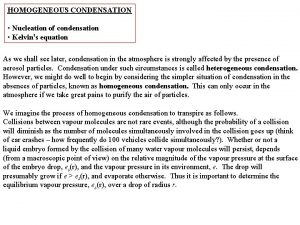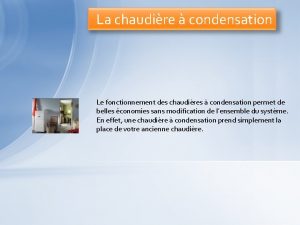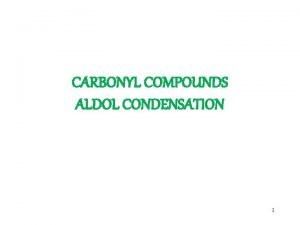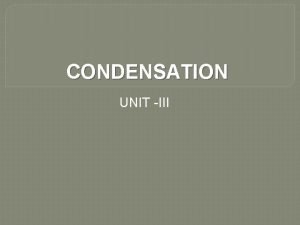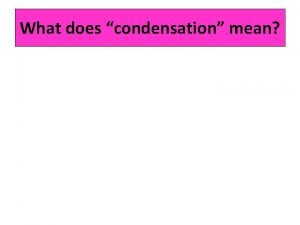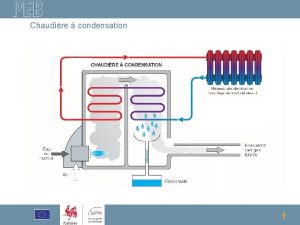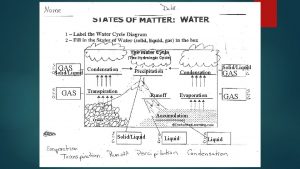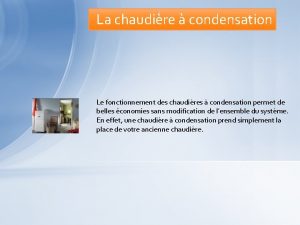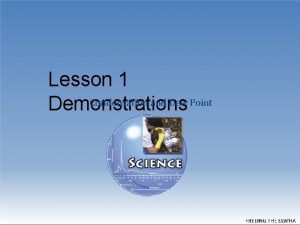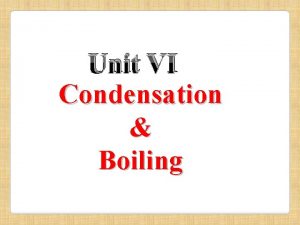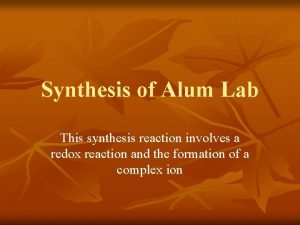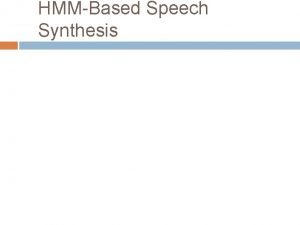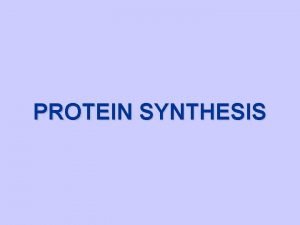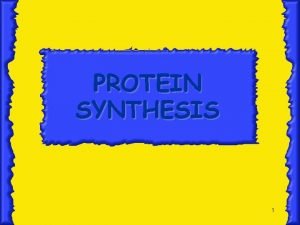2 Friedlanders synthesis It involves the condensation of

























- Slides: 25

2 – Friedlander's synthesis It involves the condensation of α aminobenzaldhyde with acetaldehyde in the presence of an alkali lec 10 1

3 – Dobner – Miller synthesis. consist of heating primary aromatic amine with aldehyde or ketone in presence of conc. HCl lec 10 2

Mechanism lec 10 3

4 – Condensation between β ketonic ester and primary aromatic amine produces quinolines. - H 2 O lec 10 4

OR lec 10 5

Isoquinoline contain a benzene ring fused as shown with a pyridine ring. It closely resembles quinoline in physical and chemical properties. lec 10 6

It isolated from coal – tar in the form of a sparingly soluble sulphate , it also found as a part of the total structure of a number of alkaloide e. g. papaverine and morphine. Isoquinoline is one of the very few heterocyclic compounds in which numbering of the ring atoms does not start on the hetero atom as in the case of naphthalene the numbering starts adjacent to the benzene ring. The bicyclic structure was first proposed on the basis of oxidation to phthalic and pyridine 3, 4 – dicarboxylic acid. lec 10 7

The chemical reactions as in the case of quinoline suggest that the symmetrical double bond structure is the major contribiotor to the hybrid. Calculation of the π electron densities at the various position in the ring are as follows. lec 10 8

Isoquinoline is a resonance hybrid of uncharged structure (1, 1 a and 1 b ) and charged structure ( 1 c and 1 d ) lec 10 9

Chemical reaction Isoquinoline resemble quinoline in many ways 1 – Basicity Isoquinoline is a stronger base than quinoline lec 10 10

2 – Addition and ring opening Isoquinoline reacts with alkylating agents at the nitrogen atom give quaternary salt such as ( 2 ) the corresponding hydroxide (3) is obtain when treated with sodium hydroxide which is in equilibrium with ( 4 ) (1, 2 – hydro – 1 hydroxy – 2 – methylisoquinoline ) and on oxidation give isoquinoline ( 5 ). lec 10 11

1, 2, 3, 4 – tetrahydroisoquinoline when treated with excess methyl iodide followed by alkali give 1, 2, 3, 4 – tetrahydro – 2, 2 – dimethyl isoquinolinum hydroxide ( 7 ) which on degradation by Hofmann's method the rings breaks between position 2 and 3 giving ( 8 ). H 1 -Me. I( excess ) NH (6) + NMe OH- 2 -Na. OH 2 H H H OH -H 2 O NMe 2 (7) NMe 2 ( 8 ) N, N - dimethyl - 2 - vinylaniline lec 10 12

Reduction lec 10 13

Electrophilic substation Should give the 5 – substituent isoquinoline ( see the π electron density picture ). Nitration occurs at position 5 and 8 in isoquinoline the former agrees with expectation from charge densities , but position 7 would have bean expected to be the next position to attacked. lec 10 14

Nucleophilic subistitution Should take place at position ( 1 ) in agreement with the π electron density calculation. lec 10 15

Synthesis of isoquinoline 1 – Bischler – Napieralski synthesis Acyle derivatives of β phenyl – ethylamine arecyclised by treatment with acids after ( P 2 O 5) to yield dihydroisoquinoline , which can then be aromatized as shown. lec 10 16

CH 2 NH NH H C CH 3 OH O=C CH 3 keto form N - ( 2 - phenyl ethyl ) acetamide CH 2 enol form CH 2 P 2 O 5 -H 2 O C CH 2 N CH 3 - H 2 Pd / C PCl 5 -POCl 3 CH 2 + Cl Cl N CH 2 N-H C CH 3 Al. Cl 3 1 - methyl isoquinoiline -HCl CH 2 H Cl CH 2 N C CH 3 lec 10 17

Pictet and Gams synthesis Pictet and spengler synthesis lec 10 18

Mechanism CH 2 + O CH 2 NH 2 R C H CH 2 H 2 O NH R CH N CH shift base OH CH 2 R + lec 10 19

Pomeranz and Fritsch synthesis Start from aromatic aldehyde converted into shift base with aminoacetal followed by cyclization gives isoquinoline. lec 10 20

Mechanism lec 10 21

Quinolizine Although a number of alkaloide are complex derivative of Quinolizine, some time called pyridocoline , the parent compound has attracted attention only in recent year lec 10 22

Synthesis δδ I lec 10 23

Properties All efforts to prepare Hquinolizine which can be written in three structure have been unsuccessful although complex derivatives of both 4 H and 9 a. H – Quinolizine are well known lec 10 24

Reduction Ring opening lec 10 25
 Hổ đẻ mỗi lứa mấy con
Hổ đẻ mỗi lứa mấy con Trời xanh đây là của chúng ta thể thơ
Trời xanh đây là của chúng ta thể thơ đại từ thay thế
đại từ thay thế Diễn thế sinh thái là
Diễn thế sinh thái là Chó sói
Chó sói Vẽ hình chiếu vuông góc của vật thể sau
Vẽ hình chiếu vuông góc của vật thể sau Thế nào là mạng điện lắp đặt kiểu nổi
Thế nào là mạng điện lắp đặt kiểu nổi Lời thề hippocrates
Lời thề hippocrates Thế nào là hệ số cao nhất
Thế nào là hệ số cao nhất Vẽ hình chiếu đứng bằng cạnh của vật thể
Vẽ hình chiếu đứng bằng cạnh của vật thể Quá trình desamine hóa có thể tạo ra
Quá trình desamine hóa có thể tạo ra Sự nuôi và dạy con của hổ
Sự nuôi và dạy con của hổ Cách giải mật thư tọa độ
Cách giải mật thư tọa độ điện thế nghỉ
điện thế nghỉ Các loại đột biến cấu trúc nhiễm sắc thể
Các loại đột biến cấu trúc nhiễm sắc thể Glasgow thang điểm
Glasgow thang điểm Biện pháp chống mỏi cơ
Biện pháp chống mỏi cơ Thiếu nhi thế giới liên hoan
Thiếu nhi thế giới liên hoan Các châu lục và đại dương trên thế giới
Các châu lục và đại dương trên thế giới Fecboak
Fecboak Bổ thể
Bổ thể Một số thể thơ truyền thống
Một số thể thơ truyền thống Sơ đồ cơ thể người
Sơ đồ cơ thể người Phép trừ bù
Phép trừ bù Thế nào là số nguyên tố
Thế nào là số nguyên tố

























